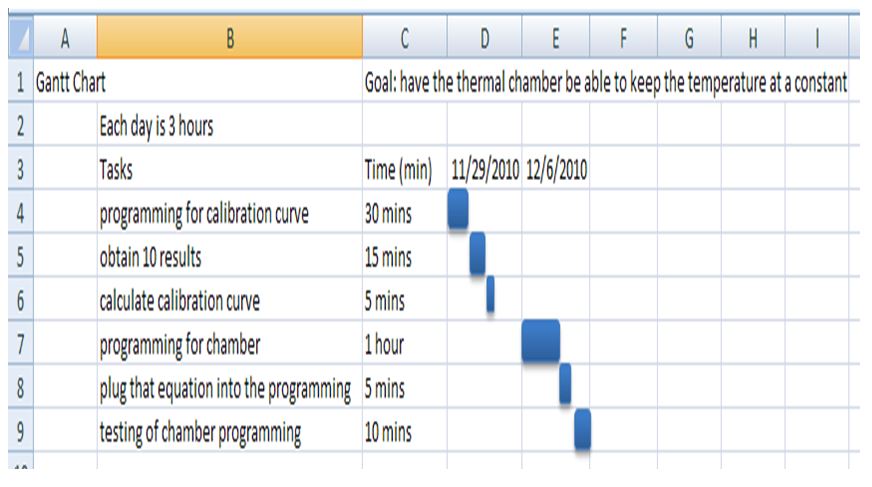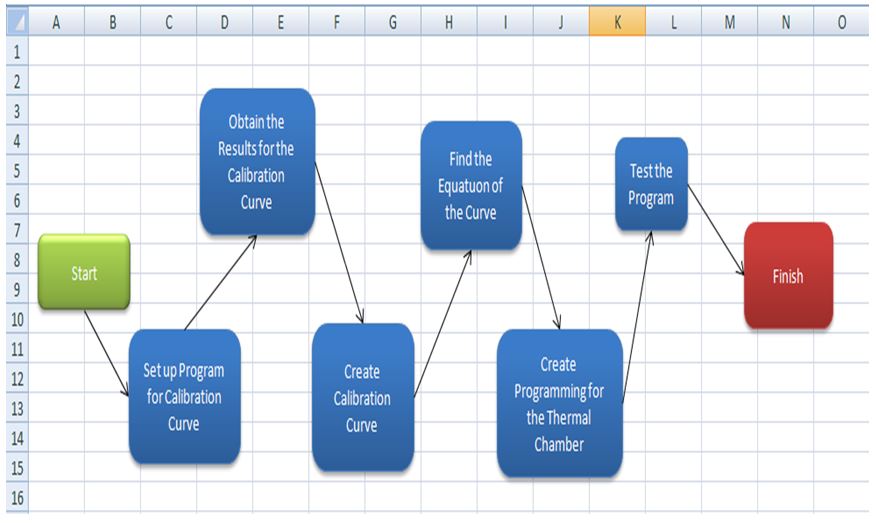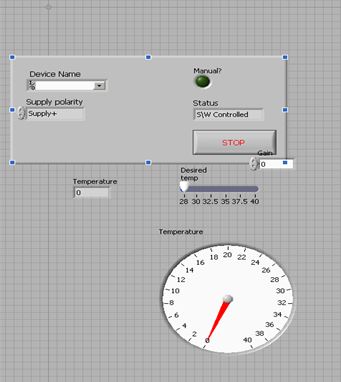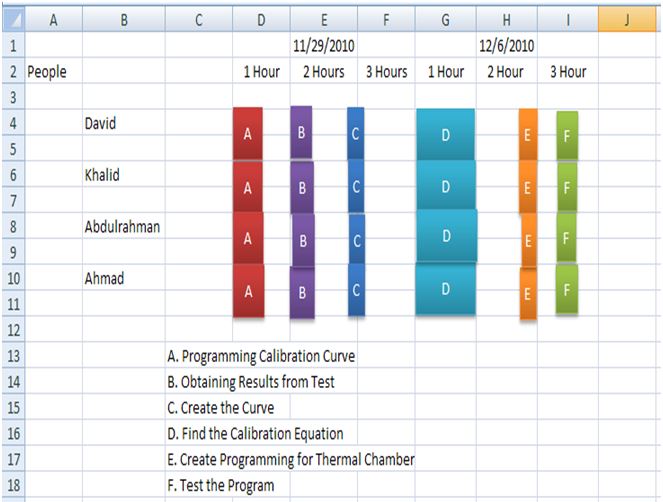Introduction
Temperature chambers may be used for numerous aims, as the micro-climatic sets and kits are demanded in various research spheres. Medicine aims involve the creation of incubators for prematurely born children, storing pharmaceuticals or donor organs. Physicists need temperature chambers for creating the required experimental environment, while chemists require them for storing particular chemicals that are too demanding for the storing conditions. Temperature chambers are required even in everyday life for storing products and keeping them fresh.
In general, the temperature chamber creation analysis of similar projects, development of creation and projection scheme, as well as performing necessary research associated with defining the temperature curve, work of the heating or cooling equipment, as well as the controlling electronics and temperature sensors.
The aim of this paper is to provide the necessary basics for projecting and creation the temperature chamber associated with programming, calibration, and testing the programmed hardware. Furthermore, after the calibration is done, the project will require performing and analyzing the test stage, aimed at searching for possible mistakes and calculation errors. Additionally, the research results of the team members should be compared, as this comparison will be helpful for finding mistakes.
As for the implementation stage, the report is focused on analyzing the results of the research and calibration as well as assessing the technical parameters of the chamber, such as the output channels and their parameters, the front panel of the chamber, for evaluating the comfort of performing the necessary researches, as well as representing the blocking scheme for explaining the key work principles of the project.
Report
The project is intended for implementation within two days. The research and programming parts of the project research and implementation are intended for 3 hours daily. Hence, 6 hours will be spent on the entire project. Considering the Gantt chart of the project implementation (Figure 1), the 6 stages of the project performance will suffice for creating the simplest automatic temperature chamber. However, the timeframes are taken for the perfect circumstances, when everything is performed in time, and no obstacles are present. Hence, the project scope may involve unexpected moments. Additionally, the possibility of calculation errors is not included when recalculation and rechecking will be required.

The sequence of the activities required is offered in Figure 2. These are the actions required for proper analysis and check of the results:
- Setting up the program for calibration is required for analyzing the temperature regimes of the chamber achieved, and creation of the required temperature regularity for further including it into the program. Hence, this stage will require the establishment of temperature sensors for the adequate assessment of the temperature regimes.
- Obtaining the results is required for creating the curve and further use of the obtained results in the program.
- Calibration curve creation is the key stage, as it requires the accuracy of reading instruments.
- Finding equation is required for defining the regularity principle
- Creating the required program is needed for proper work of the control and heating/cooling equipment
- Testing is needed for defining possible errors and correcting the program.

The projected thermal chamber includes the computer box which is used instead of lagging, as well as the container for the sensors and electronics. Additionally, it includes a heat source and fans in order to control the inside temperature. Wiring is included in order to simulate a thermal source that can be controlled. A dimmer switch is in front of the case, and it is required for setting the temperature regime required (the amount of heat). Fans are needed for providing heat circulation within the chamber, as well as for cooling the heating element with the surrounding air. The block diagram with key components of the apparatus is provided in Figure 3, while the image of the front panel with a dimmer switch is in Figure 4. The block scheme reveals the location of the necessary sensors as well as the connection of the control blocks. The front panel reveals the simplicity of control for the user, as everything that is required is to adjust the dimmer switch position and wait until the heater creates the necessary temperature environment.


Collaboration with other students is revealed in Figure 5. This reveals that only 4 persons are required for the proper development and implementation of the project, while the credibility of making a mistake is reduced. This is achieved by the separate research and testing practice, as all the participants have an opportunity to achieve independent results and then compare them for providing the necessary corrections. All the stages that precede the final implementation of the project are performed separately. Hence, all the project participants are involved equally.

Conclusion
The project in general is rather frustrating and involves using and operating mainly unknown equipment and software. It does not remind of traditional programming, as this presupposes programming sensors and controlling equipment which is far from simulating the opportunity of temperature control. Additional factors are involved such as energy leakage because of imperfect thermo-insulation. In general, this may be regarded as the opportunity to learn quickly and to get sorted in the unknown equipment quickly, as real life and working performance often require a quick reaction to the changing working environment.
By performing this project the team learned how to study new working principles, and how to get adapted to these principles, as the actual importance of engineering and programming is to make the world more comfortable for others. This new experience is useful for working on various programming and controlling projects, as this involved research activity, while research principles, in distinction with engineering and programming, will never change. Hence, regardless of the research and implementation opportunities required for this project, it should be emphasized that the entire team felt the importance of their independent involvement in the project. Consequently, the entire principle of research performance may be used in numerous other projects.